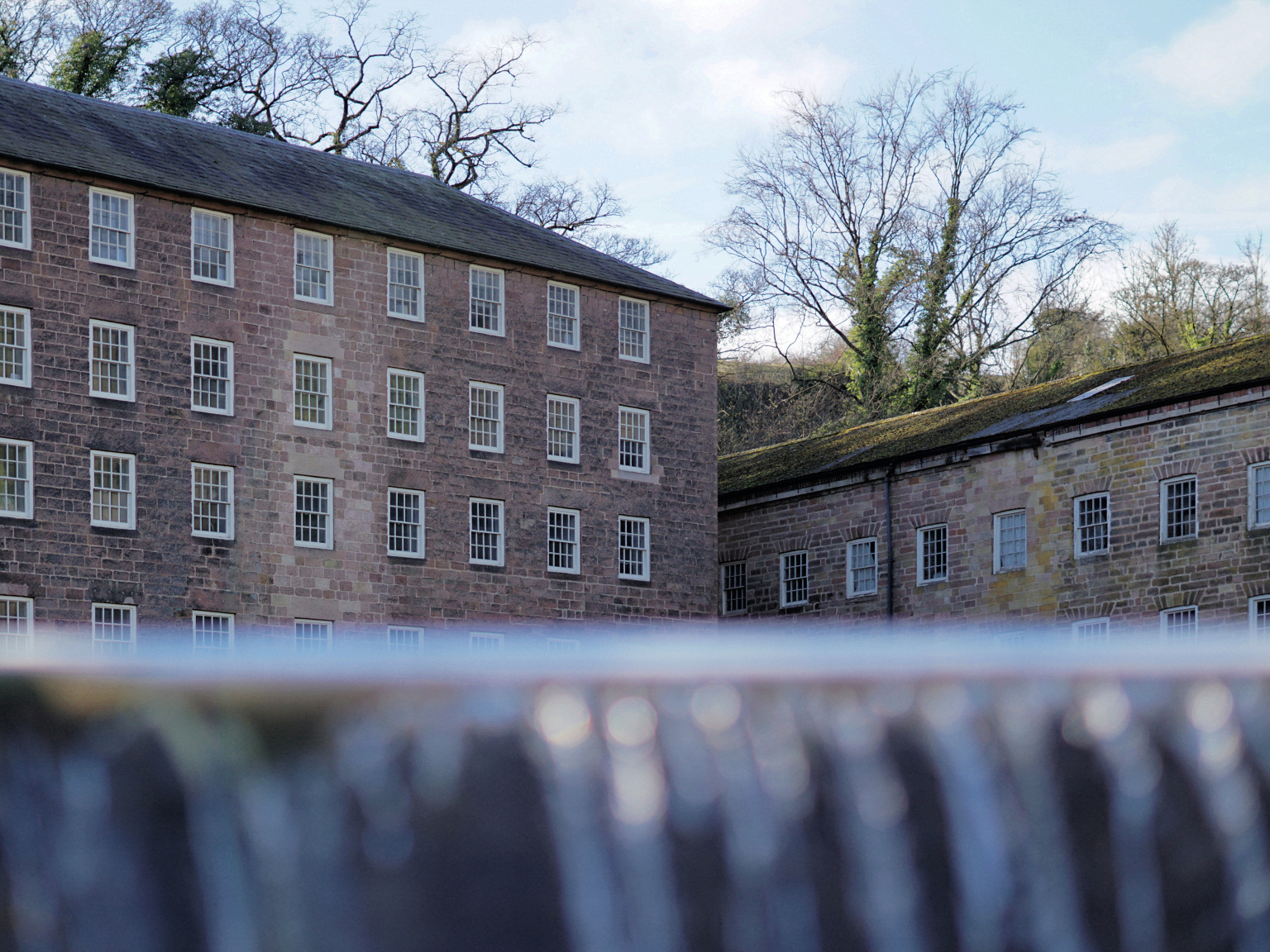In the 18th century, Richard Arkwright patented his spinning frame and set up a mill in nearby Cromford, now preserved as part of the Derwent Valley Mills world heritage site.
John Smedley’s mill, where Cotton House is located, is another key site.
The whole area was a hive of industry at the end of the 18th century. Local industrialists became immensely wealthy and built many large and imposing properties, including Willersley Castle and Riber Castle.
The local transport network burgeoned to provide the mills with coal and carry away their manufactured products. At one point, near Cromford, four means of transport ran alongside each other: road, rail, canal and river. High Peak Junction was a busy interchange between canal and rail. The railway is no more, but the High Peak Trail is immensely popular with walkers and mountain bikers.
The four families that had the greatest influence on the area were the Dethicks, the Babingtons, the Nightingales and the Smedleys. These names crop up again and again as local land and property owners.
Florence Nightingale was born in 1820 and gained her surname when her father, William Edward Shore, inherited the local Lea Hurst estate in Holloway and the Nightingale family name from his great-uncle Peter Nightingale.
Florence grew up at Lea Hurst and visited regularly. Although she became hugely famous because of her nursing work, she shunned publicity. At the end of her long journey back home from the Crimea, it’s said that she walked back alone to Lea Hurst from the local railway station with no fanfare.
A century later, Alison Uttley, the popular children’s author who created the Little Grey Rabbit and Sam Pig books, was born in Cromford and brought up at Castle Top Farm on the edge of Bow Wood.

